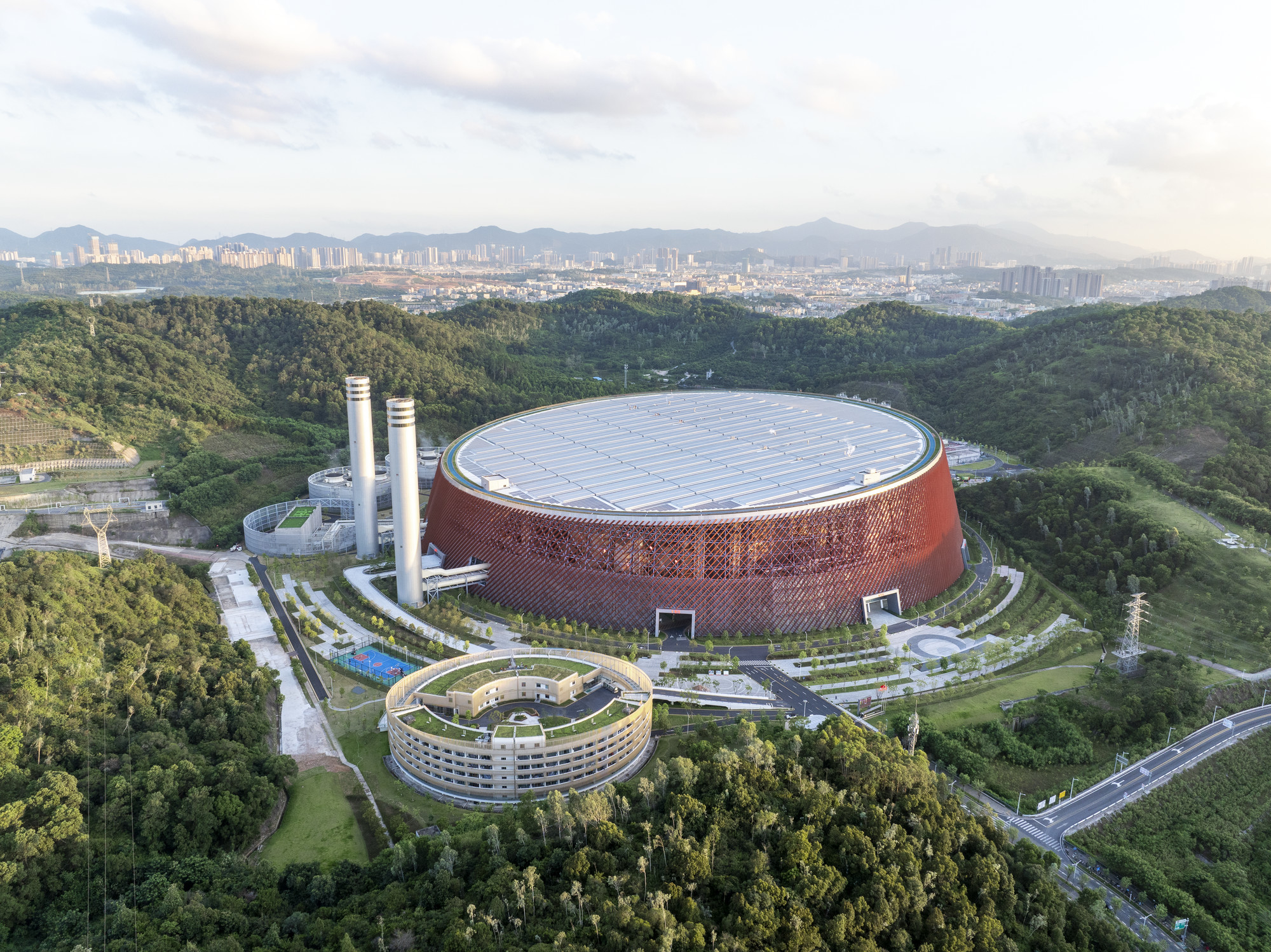From Landfills to Lightbulbs: How China Generates Electricity from Waste

Introduction
China faces a dual challenge: mountains of urban waste and the urgent need for cleaner energy. With more than 1.4 billion people generating millions of tons of trash daily, traditional landfilling is no longer sustainable. Instead of letting garbage pile up, China is transforming it into a resource. Through advanced waste-to-energy (WtE) plants, the country is turning trash into electricity, powering homes, and reshaping its green future.
This blog explores how China generates electricity from waste—examining the technology, the benefits, the controversies, and the global lessons that can be learned from its ambitious waste-to-energy revolution.
China’s Waste Challenge
As the world’s most populous nation, China produces over 235 million tons of municipal solid waste annually—the highest in the world. For decades, much of this was sent to landfills or left in open dumps, causing pollution, groundwater contamination, and methane emissions.
Recognizing the scale of the problem, the Chinese government shifted its focus. Waste could no longer be treated only as a nuisance—it had to become part of the solution. That is how waste-to-energy emerged as a cornerstone of China’s environmental strategy.
How Waste-to-Energy Works
At its core, waste-to-energy involves turning garbage into power. The process includes:
-
Collection and Sorting – Municipal waste is collected, and recyclables are separated.
-
Incineration – Non-recyclable waste is burned at high temperatures.
-
Energy Recovery – Heat from burning creates steam, which drives turbines to generate electricity.
-
By-Product Treatment – Ash and residues are treated, and some are reused in construction materials.
This approach reduces landfill volume by up to 90%, while also creating renewable electricity.
China’s Mega WtE Plants
China has built some of the largest waste-to-energy facilities in the world.
-
Shenzhen East Waste-to-Energy Plant – Designed to process over 5,000 tons of waste per day, it is one of the biggest of its kind.
-
Shanghai Laogang Plant – Another massive facility that handles waste from one of the world’s most populated cities.
By 2020, China already had 300+ WtE plants in operation, and that number continues to rise. These plants are strategically located near urban centers where waste generation is highest.
Benefits of Waste-to-Energy
-
Reliable Electricity Generation
Unlike solar and wind, waste-to-energy produces constant, 24/7 electricity—helping stabilize China’s power grid. -
Landfill Reduction
Waste volume is cut dramatically, easing the pressure on overflowing landfills and saving valuable land space. -
Lower Methane Emissions
Burning waste prevents methane release from decomposing garbage, reducing greenhouse gas impact. -
Improved Urban Sanitation
Efficient waste management lowers risks of disease, pests, and pollution in cities. -
Circular Economy Contribution
Ash residues from plants are repurposed in construction, aligning with China’s broader recycling and sustainability goals.
Challenges and Criticism
-
Air Pollution Concerns
Despite advanced filters, incineration can release harmful emissions such as dioxins and particulates. -
Public Resistance
Many communities in China oppose WtE plants near residential areas, fearing health and environmental risks. -
Efficiency Debate
Critics argue that recycling plastics and paper saves more energy than burning them. -
Dependence on Waste Supply
Plants require a constant waste stream, which may discourage long-term waste reduction and recycling.
Policy and Government Support
The Chinese government has played a pivotal role in promoting WtE:
-
Subsidies and Incentives – Supporting private firms to build large-scale facilities.
-
Strict Emission Standards – Pushing operators to adopt world-class filtration technology.
-
Waste Sorting Mandates – Cities like Shanghai and Beijing have implemented mandatory waste classification systems.
These policies ensure that WtE plants complement recycling efforts and meet environmental standards.
Role in China’s Green Transition
While solar and wind power dominate China’s renewable landscape, waste-to-energy plays a unique role:
-
Provides consistent power output, unlike intermittent renewables.
-
Tackles two problems simultaneously—waste management and energy generation.
-
Fits into the country’s circular economy vision, where waste becomes a resource.
The Road Ahead
China’s waste-to-energy strategy will likely evolve through:
-
Cleaner Technology – Investment in advanced pollution control systems.
-
Integration with Recycling – Expanding recycling before incineration to maximize efficiency.
-
Rural Expansion – Bringing WtE solutions to smaller towns and rural areas.
-
Global Influence – Exporting WtE technology as part of the Belt and Road Initiative.
Global Lessons
China’s experience offers important takeaways for the world:
-
Scale and Speed – Rapidly scaling WtE plants can help manage urban waste crises.
-
Government Leadership – Strong policies and funding are critical.
-
Community Engagement – Public trust is essential to avoid opposition and ensure adoption.
Conclusion
China’s journey from landfills to lightbulbs is a powerful example of how necessity can drive innovation. Waste-to-energy is not a flawless solution, but it demonstrates how countries can convert environmental challenges into opportunities.
By transforming trash into electricity, China is addressing one of its biggest urban problems while contributing to a cleaner energy future. As cities worldwide struggle with growing waste, China’s model—refined, debated, and evolving—may inspire others to turn their own garbage into green power.





